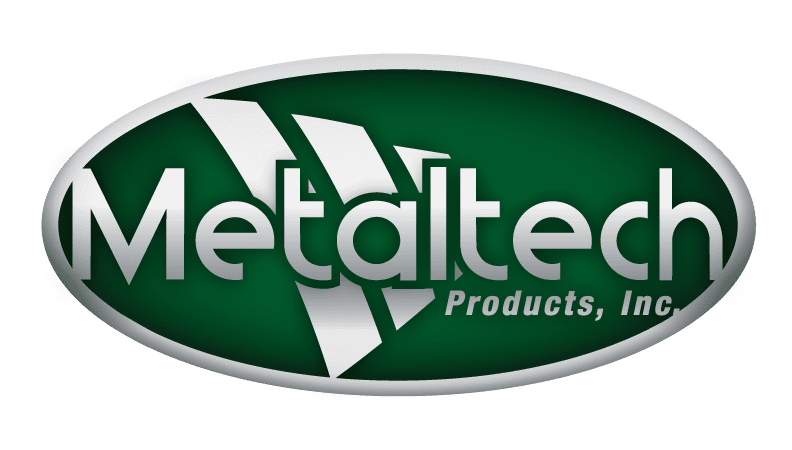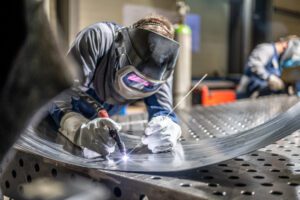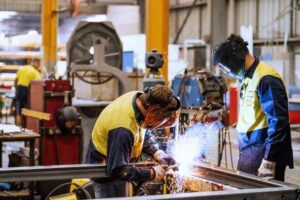Metal machining is the process of shaping metal alloys into customized parts using specialized milling and turning machines. The two primary methods are computer numerical controlled (CNC) and manual machining.
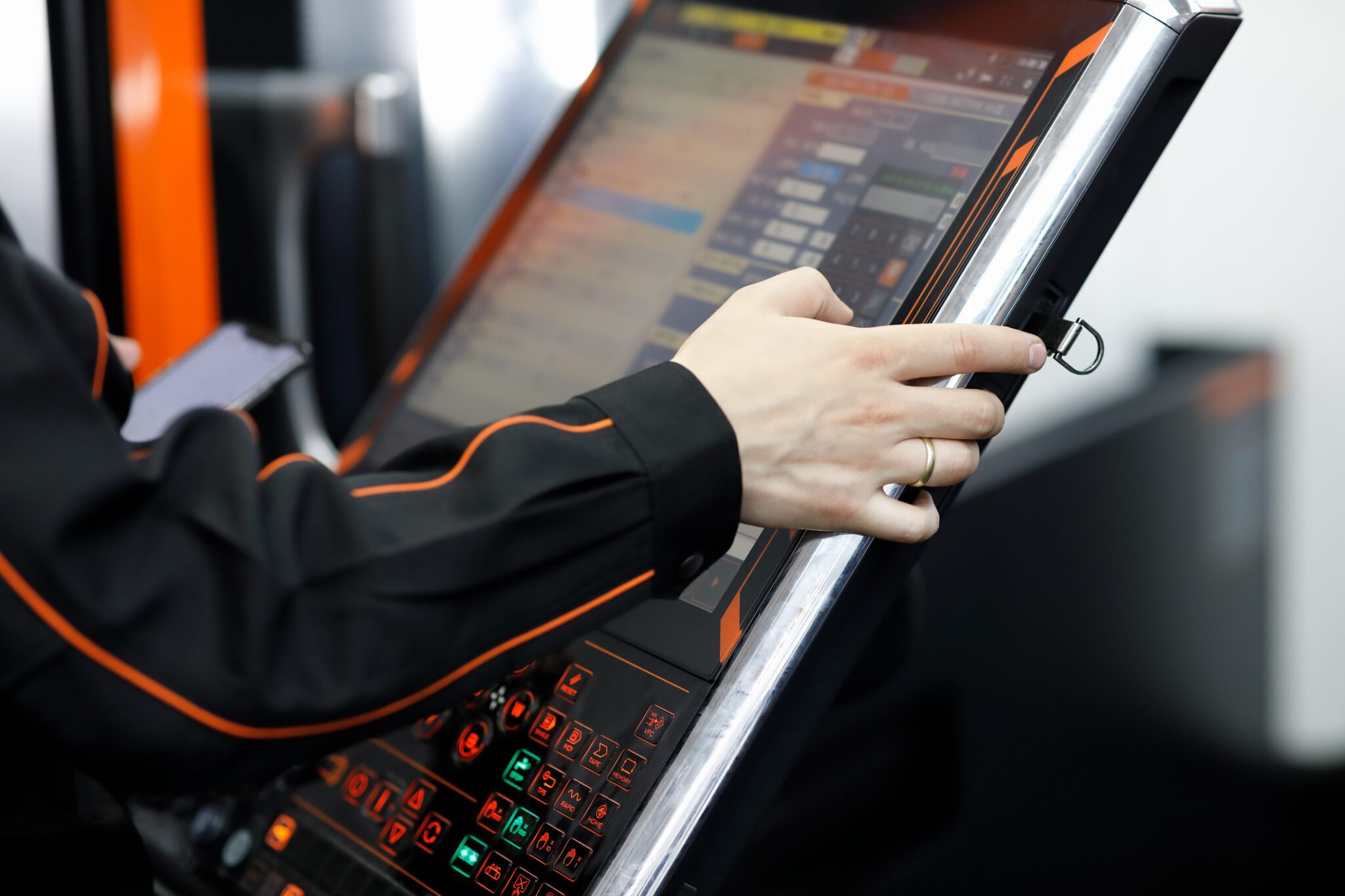
Metaltech uses CNC and manual machining to produce close-toleranced components of all sizes for a range of industries. Our technicians transform sheet metal or billet stock into 3D parts made from carbon steel, stainless steel, aluminum, copper, brass, bronze and titanium.
CNC and manual machining can be used for a variety of milling techniques including drilling, reaming, profile milling, face milling, shallow surfaces and deep pocket cavities.
Let’s take a closer look at the unique aspects of these two processes and their use in the metal fabrication process.
CNC Machining Delivers Speed & Precision
CNC machining is a fast and efficient manufacturing method in which specialized software instructs machines to produce a desired component.
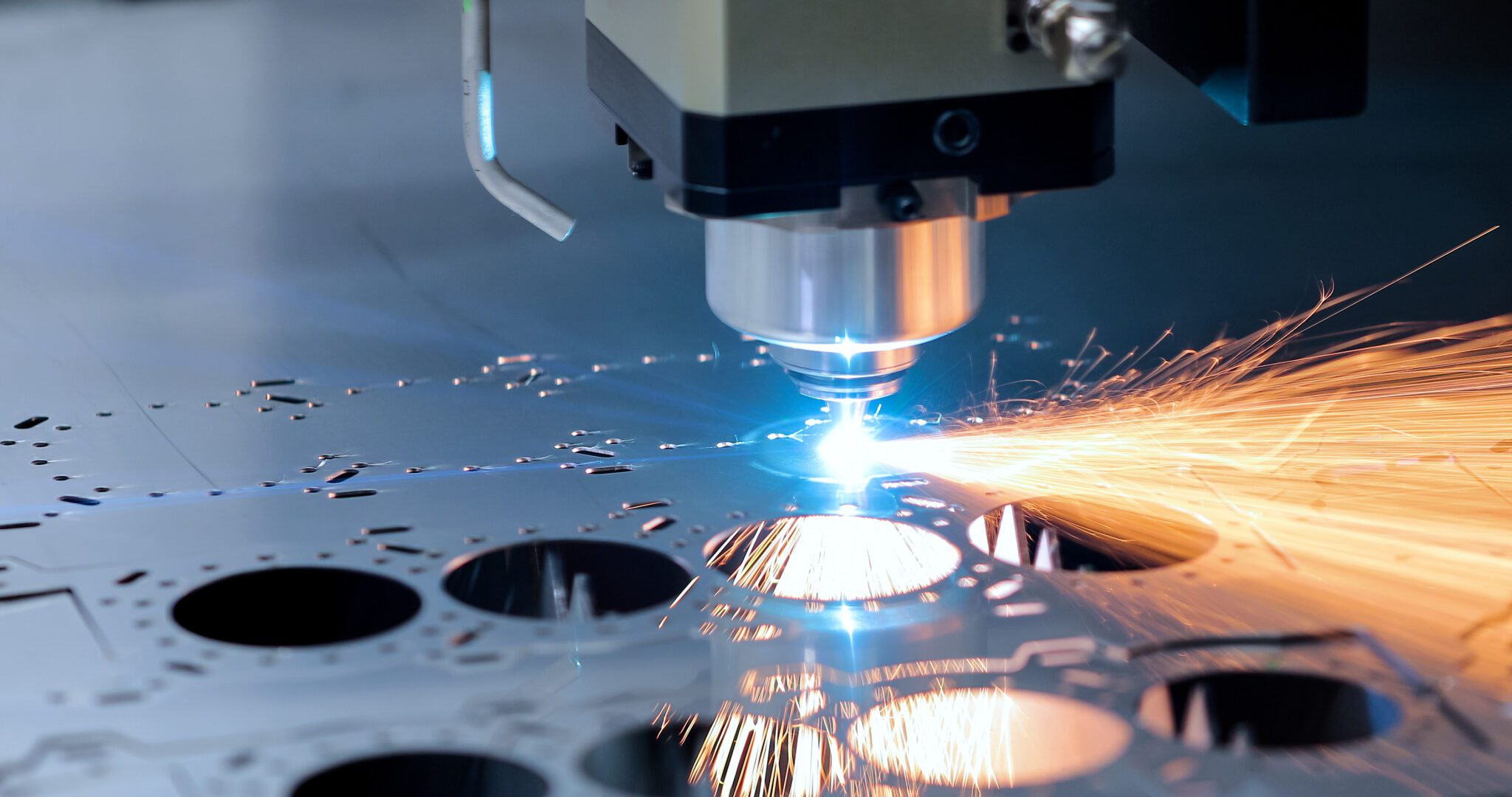
The process begins with a digital file containing a 3D model developed using design software, along with cutting and tooling instructions for producing the part. The machine is then programmed to apply the digital instructions set forth by the programmer. A finalized CNC program will include both the digital tool path instructions as well as digital instructions to select the correct tool to produce a part to the blue print specified dimensions.
CNC machining offers multiple advantages for manufacturers:
- Versatility and consistency: CNC produces a wide variety of customized shapes with a high degree of precision. This makes it the go-to choice for large scale high volume production runs. It is also less labor intensive in that just one technician can operate multiple machines simultaneously.
- Reliability and efficiency: A computer controlled design and production process increases accuracy and reduces the risk of human error. It is also less time-consuming and can yield hundreds or even thousands of parts in a short amount of time.
- Uniformity: CNC machining can produce the exact same part using the exact same instructions every time, which increases return on investment.
- Safety: Because operators don’t have to handle machine attachments during the production run, the risk of an accident is greatly reduced.
CNC machining at Metaltech includes the use of vertical milling centers and a CNC lathe machine. Typically used for medium production runs, vertical milling is ideal for high-precision jobs and ranks among the most common methods for manufacturing metal parts. A cutting tool moves along the X, Y and Z axes, removing material from a block of metal to form the finished part.
The CNC lathe machine is designed to produce flat, conical or cylindrical parts, along with custom features like surface roughness and visual properties. Milling techniques include roughing, boring, grooving, threading and parting. Because it produces more consistent results than a manual mill, the lathe machine lets technicians create multiple identical parts with the same diameter.
Manual Machining Offers Craftsmanship & Customizability
As the name implies, manual machining involves specialized tools operated by hand. It requires well-trained and technicians with the skills to produce highly customized parts, typically for low-volume production runs. It is also an ideal choice for creating prototypes of new products before moving on to larger scale production. Tools include band saws, drill presses, grinders and lathes.
Here are a few advantages of manual machining:
- Cost effectiveness: Manual machines tend to be less expensive than comparable CNC machines, making it ideal for startups and smaller companies. This also makes it a good choice when fewer units are needed.
- Customization: Manual milling is excellent for producing highly unique metal shapes by trained and experienced technicians.
- Quick turnaround: There’s no need to program a manual machine before running it. This means fewer steps to produce a part, which saves valuable time on smaller one-off or specialized production runs.
Metaltech uses manual milling for basic operations including prototypes, small runs and one-off projects. The process includes use of a high-speed spindle with specialized cutting tools which can be selected to fit the needs of the project and the type of metal.
If you need component parts for your operations, request a quote from Metaltech today. Give us a call at 417-426-5577 or reach us online for more information about our services.
